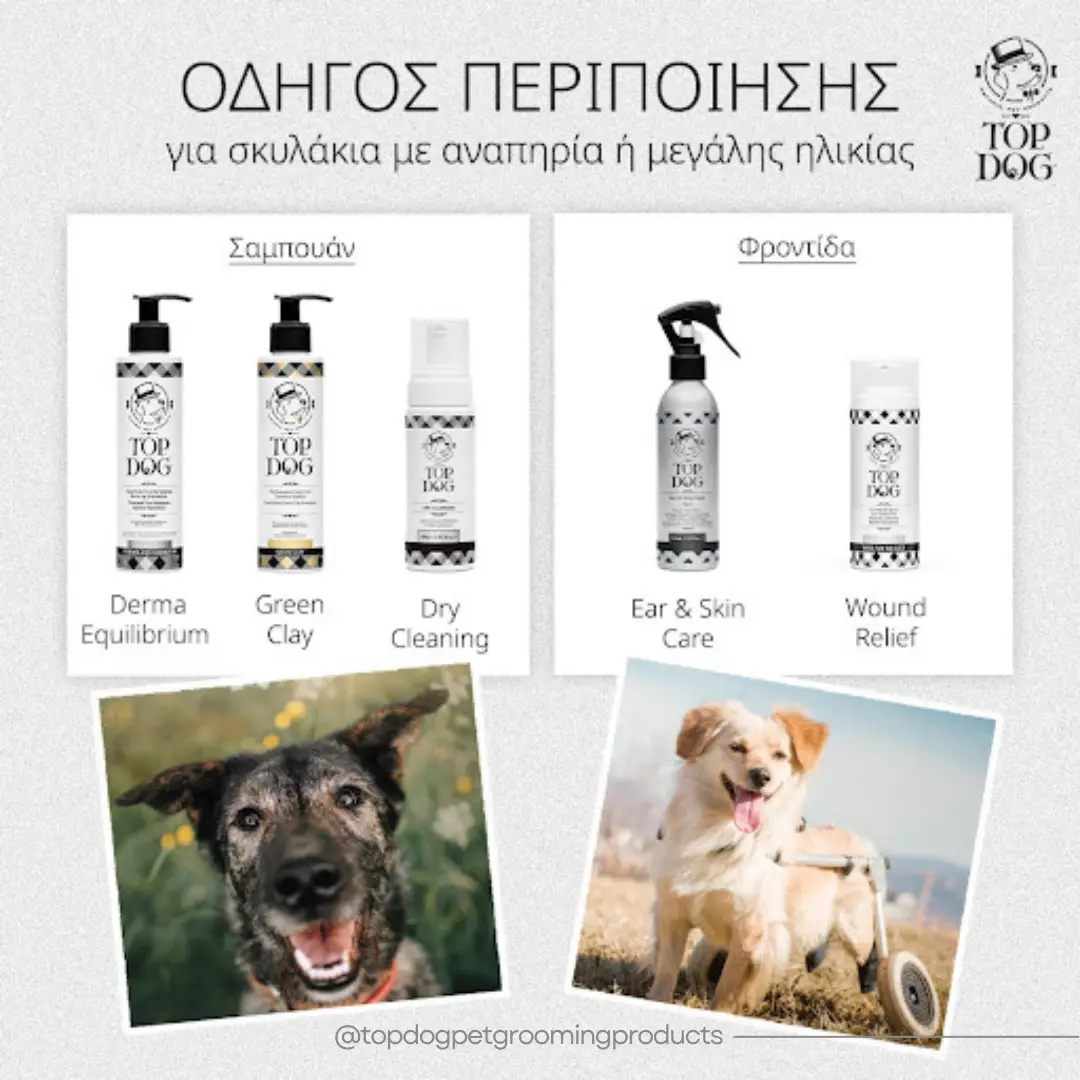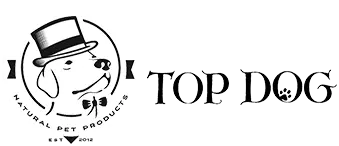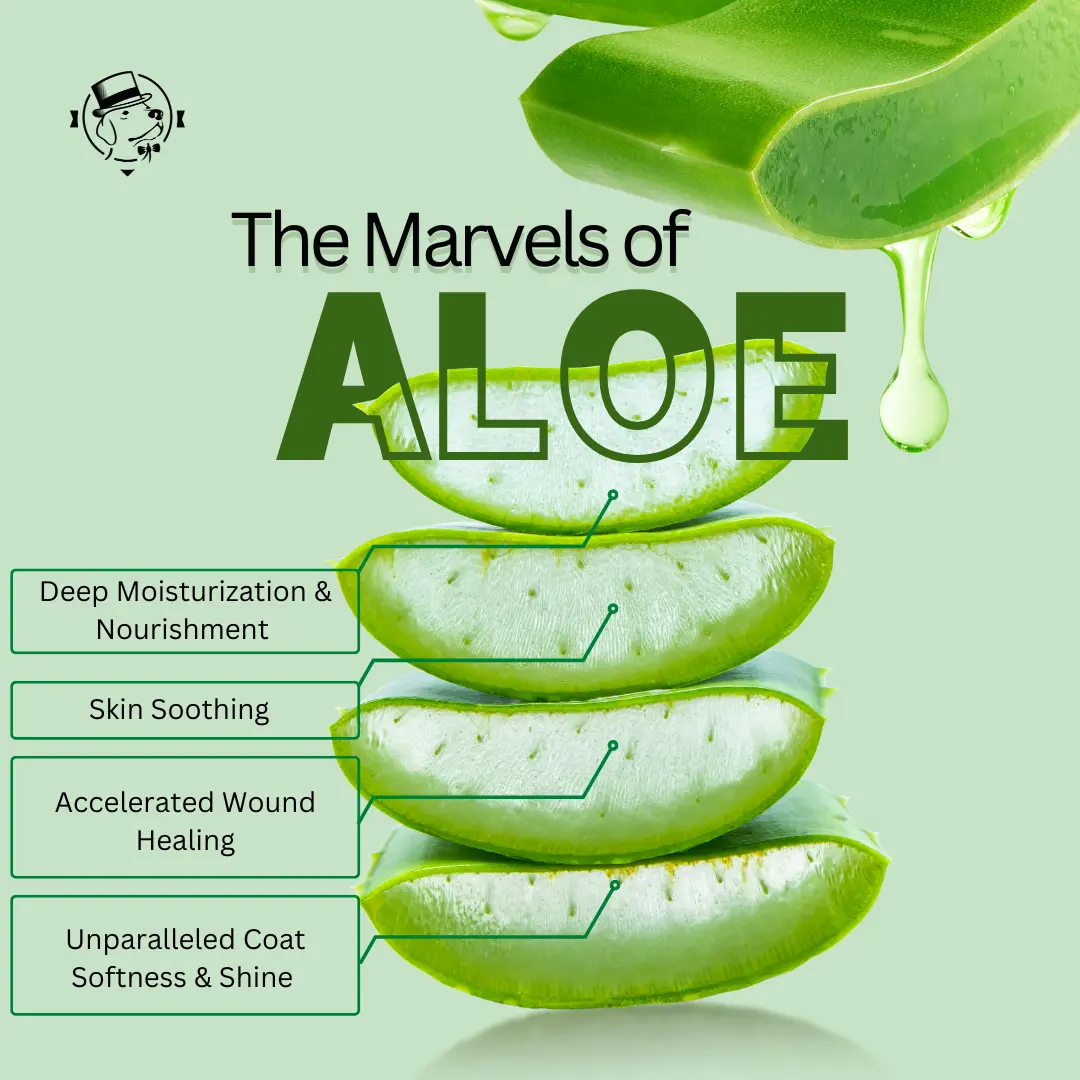How Whitening Shampoos Work
The color on dogs’ coats – Specialized dog shampoos for the perfect white coat
The color of dogs’ coats is a matter of genetics and is determined by genes bequeathed by parents to offspring. The follicle of each hair is surrounded by pigment cells that carry melanin to the growing hair. The color in dogs’ coats is formed based on two types of melanin—the eumelanin, which gives the brown-black color, and the pheomelanin, which gives the yellow-red color. Depending on the type of melanin the follicle's melanocyte gives the signal for production, we get the equivalent color on the dog's coat. So, in the case of the white hair color, there is practically no melanin production. In fact, the hair is transparent – translucent, and we perceive white because of the way the light is reflected on the hair.
Therefore, we can understand why any pigment from the external environment can affect the white color of the coat. Dust, moisture, food, and various stains from the environment can leave spots or make the coat look yellowish, gray, or stained, and while in the rest of the colors a bath can remove the pigments, this is not achieved that easily for white dogs since white hair absorbs them. Therefore, there is a need for specialized cleaning and care products for the white coat, which can restore its white color.
Characteristic representatives of the white-haired dogs are breeds such as Maltese, White West Highland Terriers, Samoyeds, Bichon Frise, White Poodles, White Shepherds, and several other breeds, as well as various combinations that, as mentioned, develop white coats because of the inherited genes.
So what kind of Shampoos are designed for white coats?
Getting directly to the point, there are six types of whitening shampoos. Each one has its upsides and downsides.
Types of Whitening Shampoos
1. Indigo dye Shampoos
This type of shampoo achieves its objective by adding the violet (indigo blue) color to the orange/yellow pallet thus counteracting the yellow tones of the hair and giving the result of a vibrant white. With this type, you have immediate and visible results, but short-term ones as its effect tends to fade relatively quickly. Another point for attention for shampoos that activate this method is to avoid using excess shampoo as this may result in an unwanted blueish hue on the coat.
Top Dog Whitening belongs to this category of white coat shampoos. Still, it differentiates since it minimizes its penetration to the hair’s cortex and effectively eliminates the yellowish hues and stains, giving a shimmering white hue while at the same time keeping the coat moisturized and shiny. Another advantage of Top Dog Whitening compared to other shampoos of this kind is the “quality” of the white color it gives, managing to sustain it due to the TiO2 (Titanium dioxide) and light silicone blend it contains.
2. Clarifying shampoo
Clarifying shampoos have a low pH (3-4), much lower than the pet’s skin (6-7.5). They work very well for a crisp coat and dirt removal but have a corrosive effect on the hair shaft in order to “reveal” its white hue. They cannot be used very often, and the coat needs to be intensely hydrated after their use.
3. Bleaching Shampoos (with or without Hydrogen Peroxide)
Bleaching Shampoos have a much higher pH than the pet’s skin. They erode the hair and dissolve the colorants that have penetrated the hair shaft, giving a solid whitening effect but may cause damage and intense irritation if they get in the eyes. Also, they should be used for a few minutes/seconds; otherwise they might cause a chemical burn to the hair shaft turning it yellow.
4. Enzymatic shampoos
Enzymatic shampoos dissolve certain substances and colorants in the hair, giving a nice whitening effect, but they need many applications to provide the best result. Sometimes they might not work on specific substances/pigments, making them often ineffective.
5. Dying Shampoos and Sprays
These shampoos have a higher pH level than the one of pets (7.8-11.2) and aim to cover the unwanted colorants rather than eliminate them. This effect might last a few days, and there are many steps/products involved in the process, making it a costly and complex method.
6. Optical enhancement with light Silicones and natural Titanium Dioxide
Top Dog Colour Plus shampoo uses this unique formula. It contains a special blend of silicones and TiO2 (Titanium Dioxide), adsorbed onto the hair fibers and increases the degree of light scattering while leaving a very soft and grease-free result on the coat. Colour Plus shampoo also delivers a truly intense color without corroding or destroying the hair fiber. It gives an astonishing bright white but is even more effective on dark-colored coats such as Silver, Black, and Brown. The results of the brightness and color enhancement are getting better every time Colour Plus shampoo is used. The substantial upside is that it can be used often because it hydrates both skin and hair and has a very mild character.
Δείτε επίσης:

Welcome back to our digital encyclopedia where you can find and learn about a variety of topics related to pet […]

Bathing our loyal friends is an important part of their grooming routine, but it can become quite difficult when our […]







